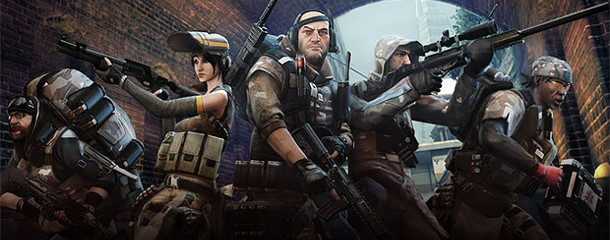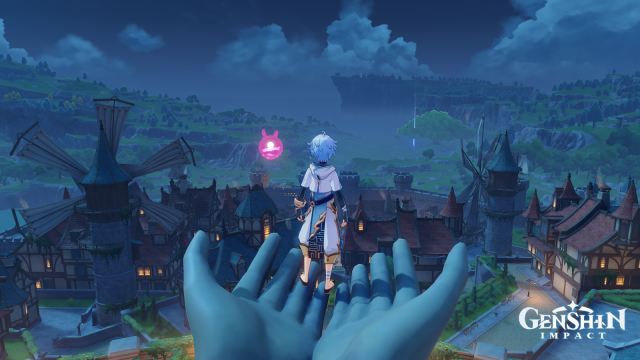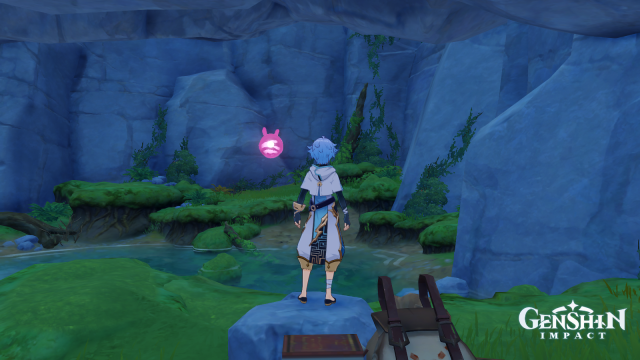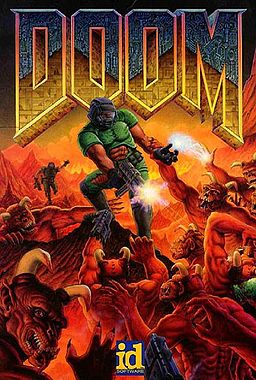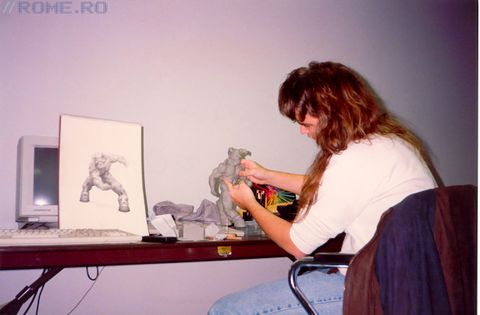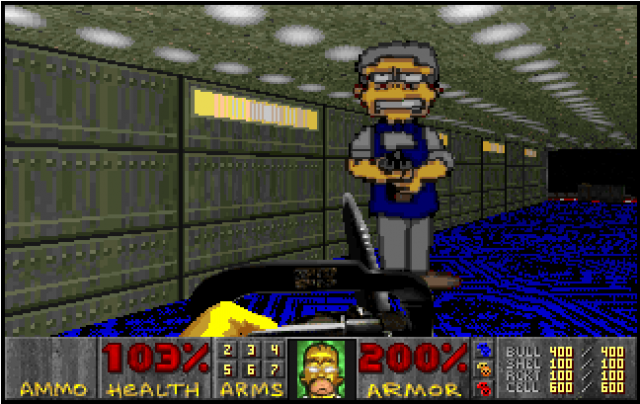Description:
Genshin Impact is a free-to-play action role-playing game developed and published by miHoYo. The game features a fantasy open-world environment and action-based battle system using elemental magic and character-switching, and uses gacha game monetization for players to obtain new characters, weapons, and other resources. The game is online-only and features a limited multiplayer mode allowing up to four players to play together. [Source: Wikipedia]
Link to Official Site: https://genshin.mihoyo.com/en/home
Lens #7: Elemental Tetrad
Mechanics:
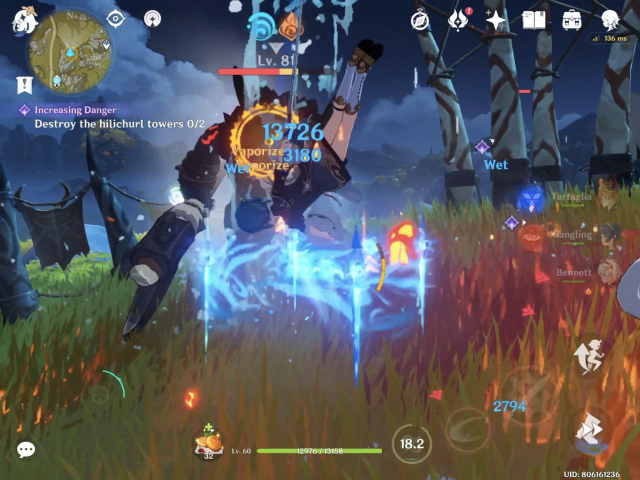
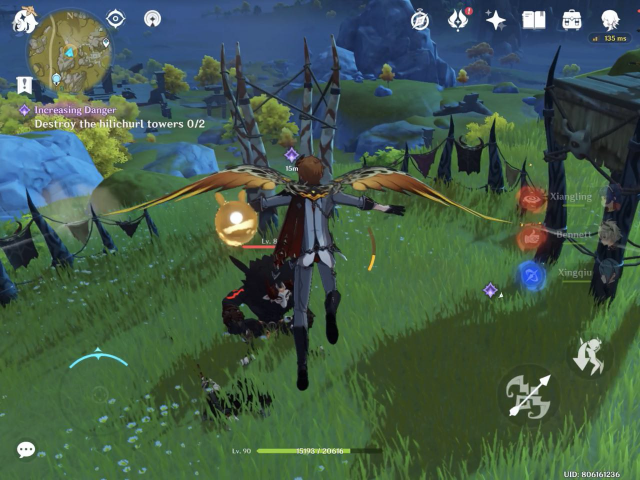
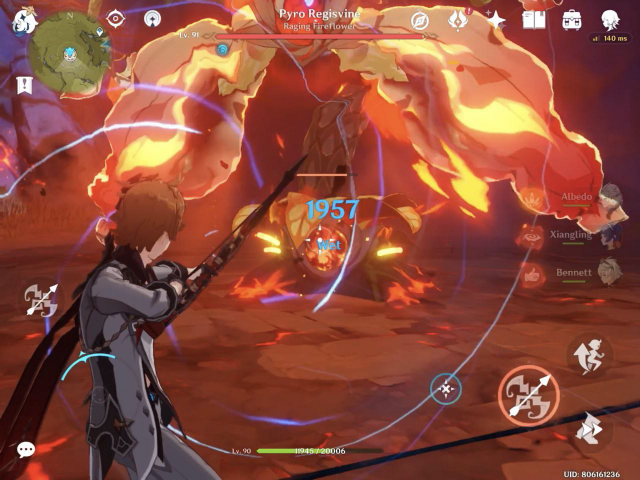
Goals:
Players can decide the level of exploration/competitiveness on their own as Genshin Impact is a PvE game with an option of Co-Op to play with other players to clear content. Ultimately, the end-game goal is to level up characters and weapons by using resources gained through experience through exploration and quests, in order to complete the storyline.
Storyline:
As a traveler from another world, you will embark on a journey to reunite with your long-lost sibling and unravel the mysteries of Teyvat, and yourself.
Aesthetics:
Beautiful and visually appealing game graphics with sensational background music and voice actors that are specific to environments, gameplay and encounters with enemies.
Technology:
Genshin Impact is made with Unity, where it allows cross platform gameplay between phones, PC and even PlayStation.
Lens #6: Problem Solving
Overall, the game contains puzzles scattered across the whole map (see image below) that allows players to claim rewards once they are solved. However, I believe the bulk of the problem solving comes from using elemental reactions to defeat enemies in the most effortless way given the constraints of the elements/abilities of characters a player owns, especially when challenges are timed.
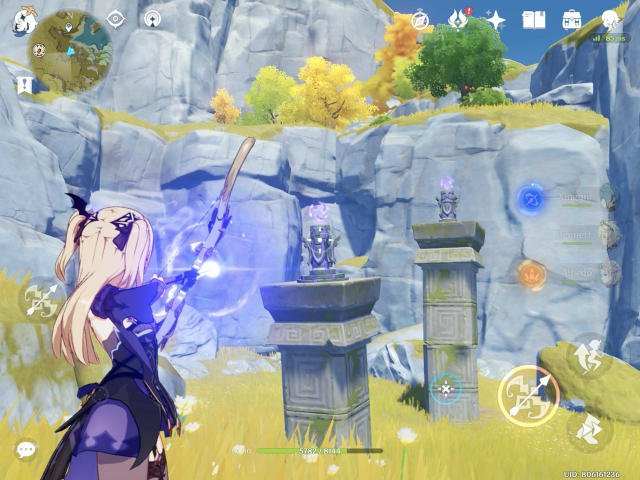
Lens #5: Endogenous Value/Rewards
Genshin Impact offers various attractive rewards for players who play diligently:
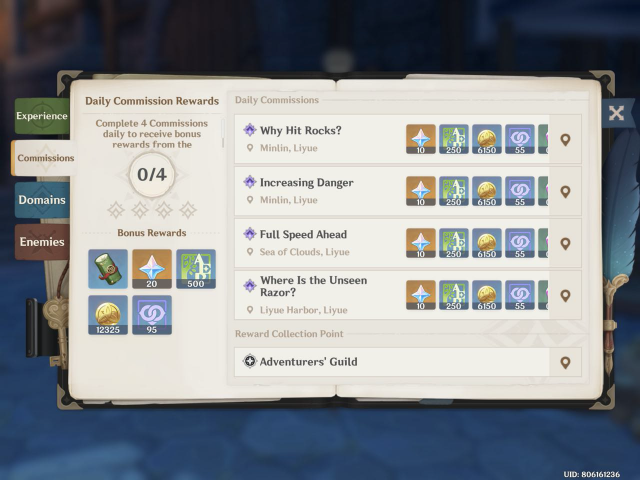
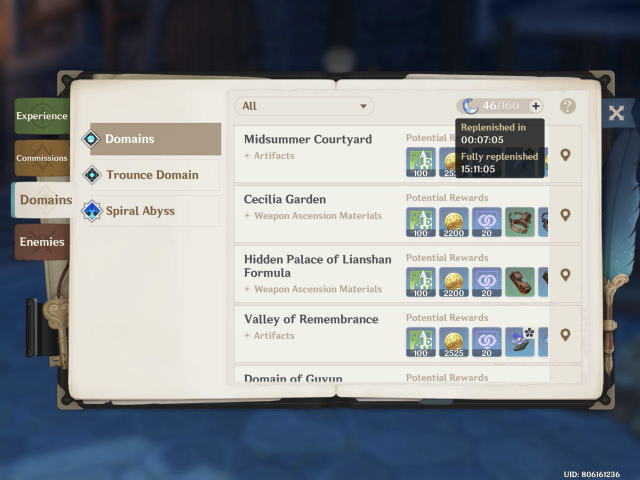
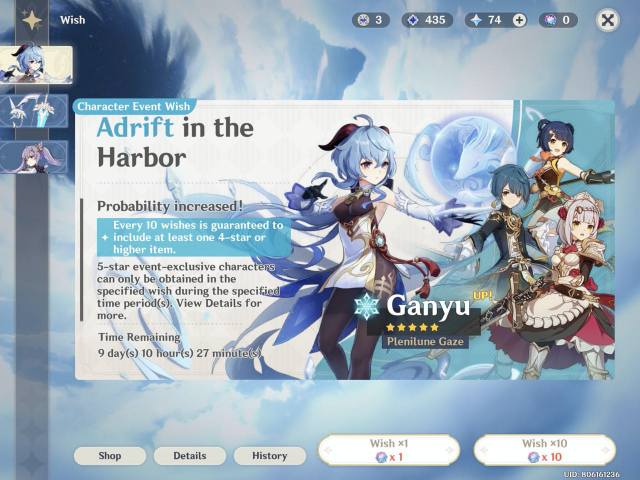
However, even for casual players who are not power-hungry or min-maxers, exploring the open world for chests or puzzles can also earn them rewards (albeit at the risk of dying more easily to open world enemies if they are under-leveled or under-geared).
Lens #8: Holographic Design
I believe that for this lens, there is a need to satisfy both “spirits” for the success of the game:
(1) Developer spirit: Gacha system for characters and weapons to earn revenue
(2) Player’s spirit: Gain characters they like/are ideal for their team setup to deal more damage/clear content.
How Genshin Impact achieves this need for players to gacha:
1. Extensive storyline where characters are linked to each other and new version updates progresses the storyline to introduce new characters
→ Consistent hype for new characters with backstories and attractive appearance to attract fans.
2. Elemental reactions mechanisms boosts damage and resonance and different weapons have different gameplay (e.g. Claymores can break structures and ores faster)
→ Need for characters of specific elements, even if player does not like the character design.
→ Need for characters that use specific weapons for different purposes.
3. Highly deciding factor: Low Barrier of Entry – Available to play on multiple platforms
→ Larger player base, easy for players to play anytime, anywhere, increases social gaming where friends can play on different devices.
Overall Opinion
- Lens #7: Elemental Tetrad
I feel that the developers of this game has incorporated the elemental reactions very well in every aspect of the game to make players consistently think of ways to use different characters, equipments and skills to clear content more easily. One other very impressive mechanism to me is the ability to climb almost any surface in the game which makes it enjoyable to explore the world. - Lens #6: Problem Solving
This is the part of the game that is more regrettable for me as most puzzles are easy to clear, and the types of enemies are limited, which also means that the way to deal with them does not change much, so players who have played enough may start to get bored of the grind, even if new characters and events are released. This makes me wonder if there is a way to vary gameplay without creating a large variety of enemies/content to clear – possibly through environmental factors? - Lens #5: Endogenous Value
→ The developers’ mastery over the distribution of rewards is clear from how 160 primogems (in-game credit) are needed for a single gacha pull, yet the daily rewards adds up to 60 primogems, and a monthly subscription card gives 90 primogems – total of 150, just 10 short of a single gacha pull. This increases player retention rates by forcing them to come back the next day.
→ Even for randomized rewards from domains (dungeons), the algorithm that drops good artifact is so bad that it forces players to keep grinding or even using real money to buy energy to claim rewards. However, this seems to have backfired towards some players who have lost their patience to bad RNG luck.
→ This highlights to me the importance of managing the rewards system.

